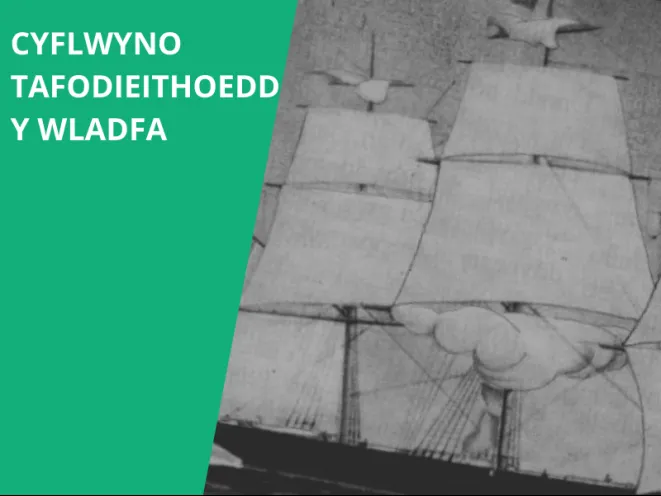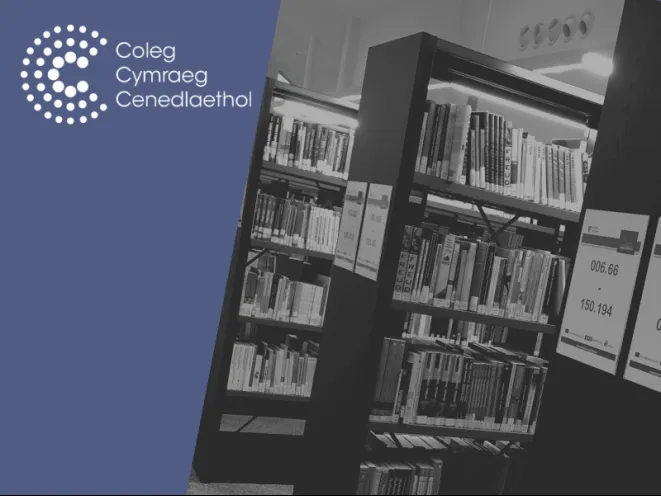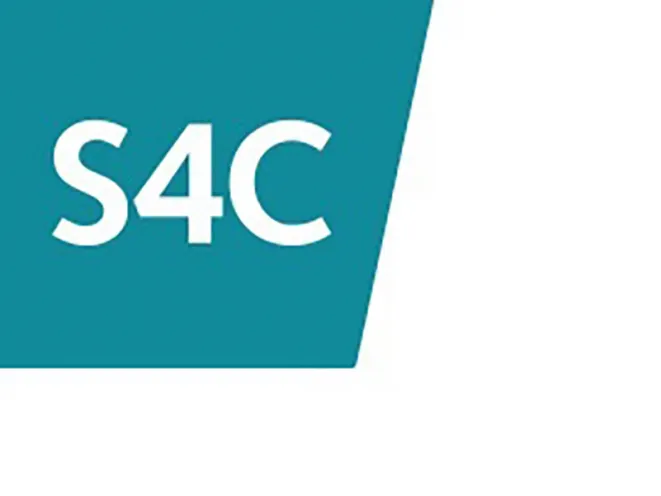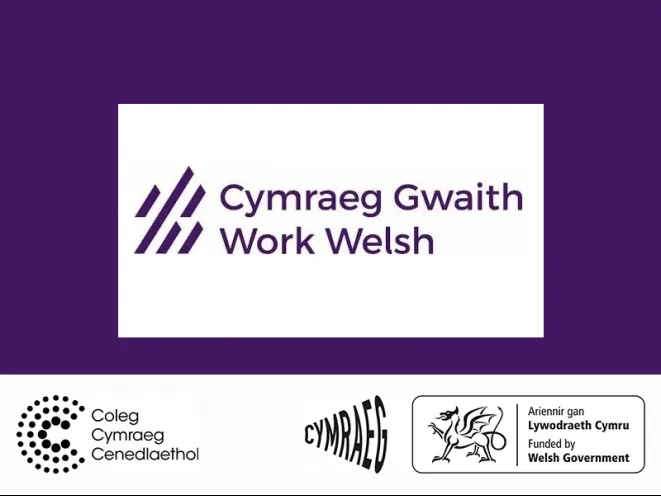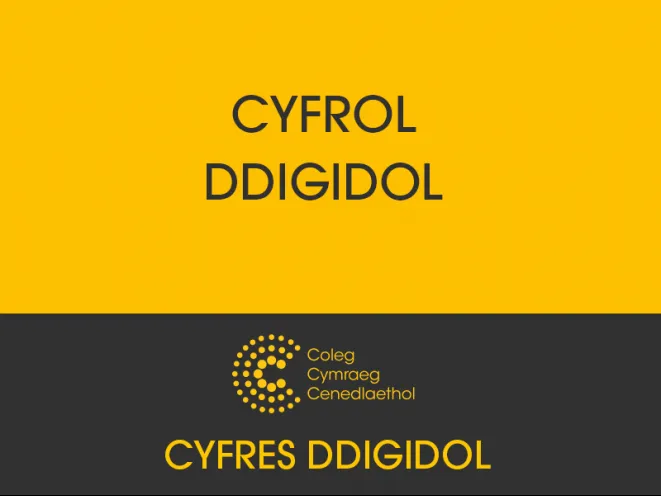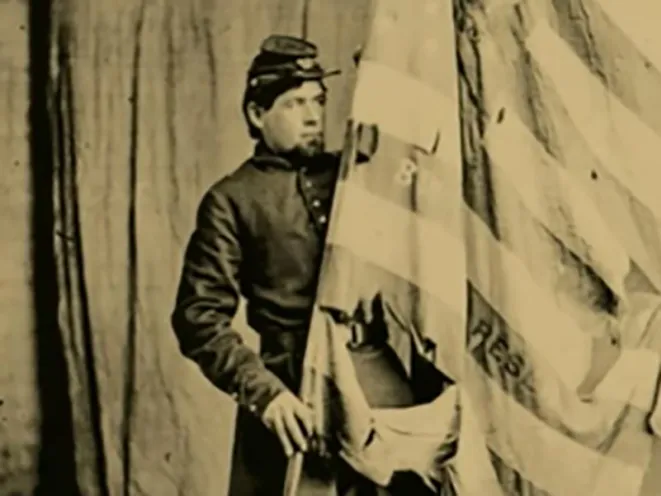Croeso i Cyflwyno Tafodieithoedd y Wladfa, adnodd gan Dr Iwan Wyn Rees, Prifysgol Caerdydd. Yr amcan yn syml yw cyflwyno am y tro cyntaf amrywiadau tafodieithol cyfoes y Wladfa Gymreig ym Mhatagonia. Cewch gyfle yma i wrando ar Gymraeg llafar gwahanol fathau o siaradwyr o’r Wladfa, ac i gyd-fynd â’r clipiau hynny, ceir nodiadau manwl yn tynnu sylw at amrywiaeth o nodweddion tafodieithol.
Cyflwyno Tafodieithoedd y Wladfa
Cyfweliadau gyda Chynhyrchwyr a chyfarwyddwyr
Cyfres o gyfweliadau gyda chynhyrchwyr a chyfarwyddwyr allweddol ym maes y cyfryngau yng Nghymru: Aron Evans Endaf Emlyn John Hefin Naomi Jones Paul Jones Peter Edwards Sue Jeffries Gwawr Lloyd Rhodri Talfan Davies Sara Ogwen Williams Ed Thomas
Cylchgronau Cymru
Gwefan newydd Cylchgronau Cymru, sy'n cynnwys 1.2 miliwn o dudalennau o dros 475 o deitlau a gyhoeddwyd rhwng 1735 a 2007. Gwefan gan Llyfrgell Genedlaethol Cymru.
Cymdeithas yr Iaith yn 50 (2012)
Gwion Lewis, y bargyfreithiwr o Fôn, sydd yn cyflwyno rhaglen ddogfen arbennig yn pwyso a mesur hanner canrif o ymgyrchu brwd gan Gymdeithas yr Iaith Gymraeg, mudiad sydd wedi chwarae rhan bwysig yn llywio hunaniaeth a diwylliant Cymru. Rondo, 2012. Oherwydd rhesymau hawlfraint bydd angen cyfrif Coleg Cymraeg i wylio rhaglenni Archif S4C. Mae modd ymaelodi ar wefan y Coleg Cymraeg Cenedlaethol i gael cyfrif.
Cymraeg Gwaith
This is a collection of scripts and audio clips for Work Welsh learners at Entry level that go hand in hand with units 1-10. These resources reinforce classroom learning (from staff in higher and further education) and are suitable for beginners. These resources were developed under the auspices of the National Center for Learning Welsh as part of a project co-ordinated by the Coleg Cymraeg Cenedlaethol.
Cymru 2000 Rhyfeloedd y Ganrif
"Yr Athro R Merfyn Jones sy’n cyflwyno. Dyma’r ganrif fwyaf gwaedlyd a rhyfelgar yn hanes dynoliaeth. Oherwydd rhesymau hawlfraint bydd angen cyfrif Coleg Cymraeg i wylio rhaglenni Archif S4C. Mae modd ymaelodi ar wefan y Coleg Cymraeg Cenedlaethol i gael cyfrif.
Cymru a'r Rhyfel Canmlynedd – A. D. Carr
Cyflwyniad i'r Rhyfel Canmlynedd (1337-1453) a'i berthynas â Chymru a geir yn y gyfrol hon . Roedd gan filwyr o Gymru rannau canolog yn y rhyfel hwn rhwng Lloegr a Ffrainc, a hynny ar y ddwy ochr. Ystyrir hefyd effeithiau'r Rhyfel Canmlynedd ar Gymru ei hun.
Cymru Fach (2008)
Chwant a chariad, nwyd a naid, serch a siom, dialedd a diogi...yng Nghymru Fach. Addasiad o ddrama lwyfan yw Cymru Fach a berfformiwyd gan Sgript Cymru. Mae'n canolbwyntio ar wahanol agweddau ar y gymdeithas Gymreig. Mae'r ddrama wedi ei rhannu'n ddeg golygfa gyda phob un yn canolbwyntio ar ddau gymeriad (bachgen a merch) a'u perthynas â'i gilydd. Yn cynnwys iaith gref a noethni. Ffilmiau Boom Films, 2008. Oherwydd rhesymau hawlfraint bydd angen cyfrif Coleg Cymraeg i wylio rhaglenni Archif S4C. Mae modd ymaelodi ar wefan y Coleg Cymraeg Cenedlaethol i gael cyfrif.
Cymru yn Washington (2009)
Dilynwn yr artist Angharad Pearce Jones wrth iddi baratoi arddangosfa Cymru yng Ngŵyl Bywyd Gwerin y Smithsonian yn Washington DC. Byddwn hefyd yn dilyn rhai o'r Cymry fu'n perfformio yn yr ŵyl, yn cynnwys 'Parti Cut Lloi', y bardd Ceri Wyn Jones, a'r artist Christine Mills, ac yn clywed ymateb y gynulleidfa yno iddynt. Cwmni Da, 2009. Oherwydd rhesymau hawlfraint bydd angen cyfrif Coleg Cymraeg i wylio rhaglenni Archif S4C. Mae modd ymaelodi ar wefan y Coleg Cymraeg Cenedlaethol i gael cyfrif.
Cymry Rhyfel Cartref America
Hanes Rhyfel Cartref America yng ngeiriau'r miloedd o Gymry a fu'n ymladd gyda byddinoedd yr Undeb yn erbyn y gwrthryfelwyr Cynghreiriol. Dyma'r tro cyntaf i lawer o'r deunydd – llythyrau a dyddiaduron y milwyr Cymreig – weld golau dydd. Mae'r gyfres yn ffrwyth pymtheng mlynedd o ymchwil gan y cyflwynydd, Dr. Jerry Hunter, ac yn cynnig golwg Gymreig unigryw ar y trobwynt mwyaf yn hanes yr Unol Daleithiau. Oherwydd rhesymau hawlfraint bydd angen cyfrif Coleg Cymraeg i wylio rhaglenni Archif S4C. Mae modd ymaelodi ar wefan y Coleg Cymraeg Cenedlaethol i gael cyfrif.
Cymuned gan Hywel Williams (2014)
Mewn rhaglen ddogfen onest, yr hanesydd Hywel Williams fydd yn herio'r syniad bod Cymru'n genedl 'gymunedol'. Aiff Hywel ati yn ei ffordd ddihafal ei hun i ddryllio'r ddelwedd yma o Gymru fel gwlad 'gymunedol': cymuned glos, saff a mewnblyg. Ond o ble daw'r syniad yma yn y lle cyntaf ac ai ystrydeb yw'r cyfan? Drwy ddefnydd crefftus o archif, sgript, cerddoriaeth a barddoniaeth, bydd Hywel yn cyflwyno dadl ddeallusol a gweledol fydd yn codi cwestiynau ac yn tanio trafodaeth. Awen.tv, 2014. Oherwydd rhesymau hawlfraint bydd angen cyfrif Coleg Cymraeg i wylio rhaglenni Archif S4C. Mae modd ymaelodi ar wefan y Coleg Cymraeg Cenedlaethol i gael cyfrif.
Cyrchfan Cyfiawnder – Siartwyr Casnewydd 1839 (1994)
Rhaglen yn edrych ar Wrthryfel y Siartwyr yng Nghasnewydd yn 1839. Cymerodd ugain mil o wŷr y De arfau i'w dwylo er mwyn troi Ynys Prydain yn Weriniaeth y Bobl. Boddwyd gwrthyfel y Siartwyr mewn gwaed a llusgwyd yr arweinwyr i'r llysoedd. Teliesyn, 1994. Oherwydd rhesymau hawlfraint bydd angen cyfrif Coleg Cymraeg i wylio rhaglenni Archif S4C. Mae modd ymaelodi ar wefan y Coleg Cymraeg Cenedlaethol i gael cyfrif.

